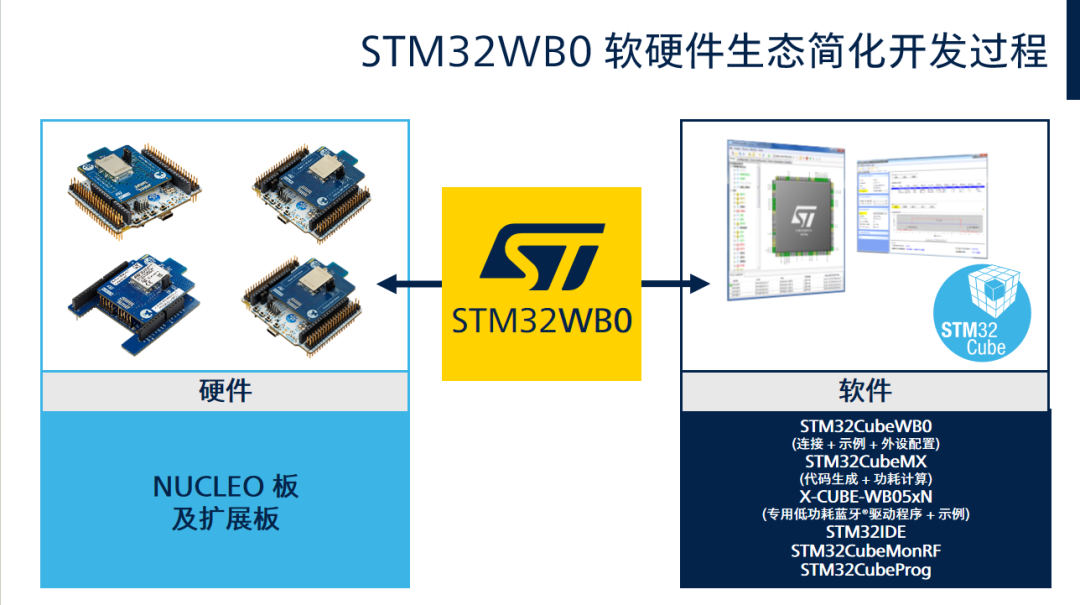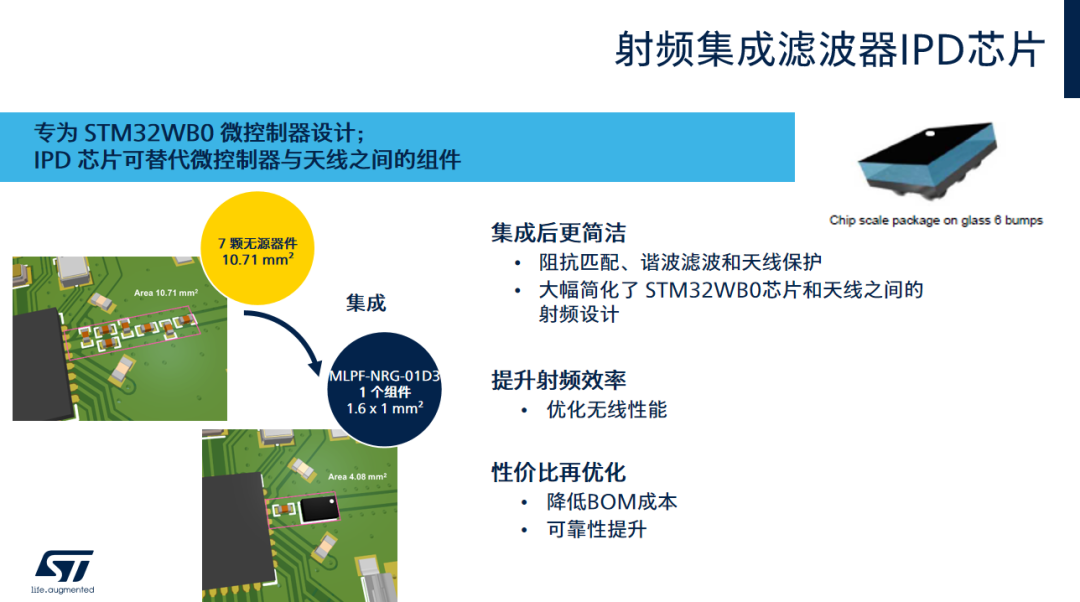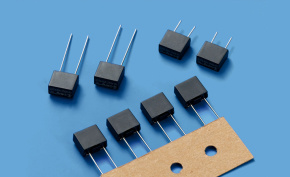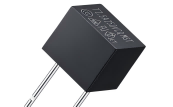The STM32 wireless microcontroller is one of the five major series in the STM32 product matrix, divided into the 2.4 GHz BLE product series and the Sub-1GHz product series. The STM32 product portfolio for 2.4 GHz connectivity is divided into STM32WBA, STM32WB0, STM32WB, and Blue NRG sub series, with the first two series being the main products.

The STM32WB0 series achieves reliable wireless performance with a compact and energy-efficient design, and has superior RF performance compared to similar products, ensuring more stable and reliable connections; Its excellent RF and power control options can extend the battery life of IoT devices; This series also has high cost-effectiveness, which is reflected not only in its freezing point price of as low as $0.79, but also in its highly integrated small package (integrated with balun) and support for double-layer PCB design, which reduces the difficulty of antenna design and provides users with further cost-effectiveness space in reducing material costs and simplifying circuits.
The STM32WB0 product series is rich and comes in various packaging forms. At present, multiple sub series such as STM32WB05, STM32WB06/07, and STM32WB09 have been launched and certified with low-power Bluetooth LE 5.4. STM32WB05 is relatively streamlined, with Flash up to 192K, suitable for applications such as asset tracking; The Flash of STM32WB06/07 can reach up to 256K, making it suitable for applications such as consumer electronics; The Flash of STM32WB09 can reach up to 512K, which is suitable for industrial applications that require larger flash memory, as well as applications that require positioning, such as AOA/AOD and other functional requirements.
STM32 ecological and RF IPD integrated filter chip makes wireless Bluetooth application development easy and feasible
With the integration of wireless MCU development toolchain and Bluetooth protocol stack, the STM32Cube ecosystem has fully supported the STM32 WB0 series, greatly enriching the STM32 MCU product ecosystem resources and support.

To simplify RF development, ST has launched a matching RF IPD integrated filter chip for the STM32WB0 series, which integrates the components of seven passive device antenna matching circuits into one IPD chip. This greatly simplifies the RF design between the STM32WB0 chip and the antenna, optimizes wireless performance, improves connection reliability and stability, and reduces BOM costs.

Unlike general embedded systems, wireless application products typically involve antenna design. In the initial stage of antenna design, it is necessary to conduct antenna simulation based on software; After the antenna design is completed, antenna performance verification is required; After the development of wireless products is completed, system level RF index analysis and verification are also required. STMicroelectronics has wireless application laboratories in Shanghai and Shenzhen, which can provide customers with comprehensive RF design support during the development of wireless products.




